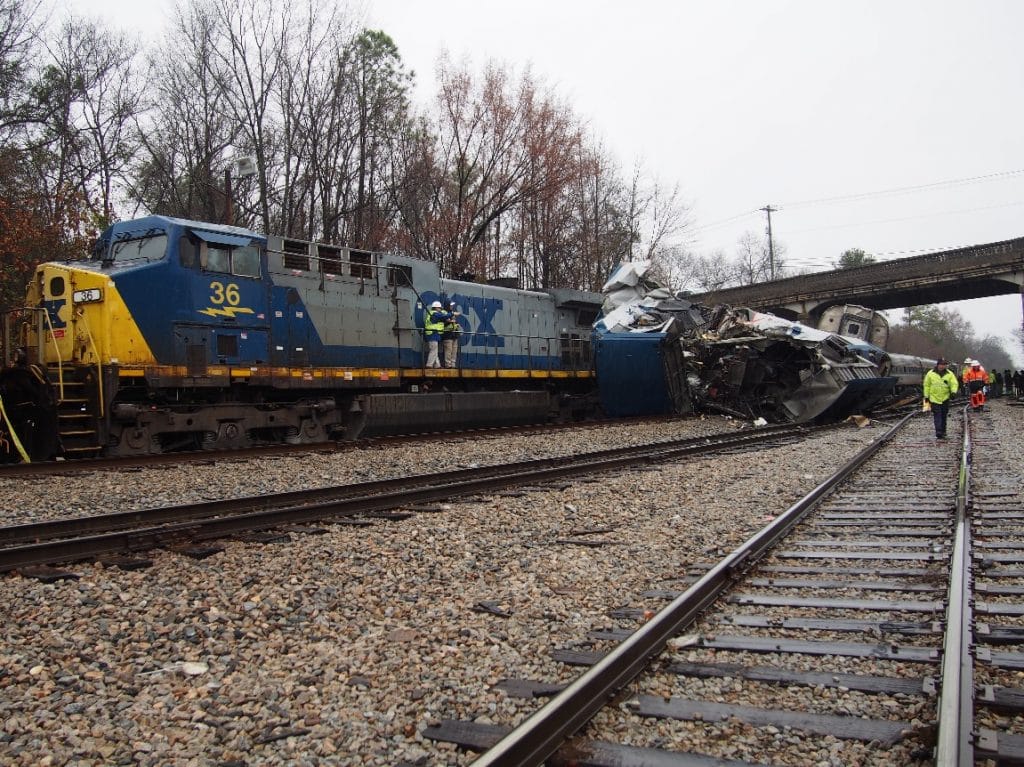Net Earnings: Increased 27 percent to C$1,310 million; diluted earnings per share increased 30 percent to C$1.77
Revenue: Increased 9 percent to C$3,631 million
Operating Income: Increased 7 percent to C$1,519 million
Operating Ratio: Increased 0.7 points to 58.2 percent (worsened as compared to the same period in 2017, but an improvement from the first quarter 2018)
Click here to read CN’s full earnings report.
Net Earnings: Decreased 9 percent to C$436 million from C$480 million; Diluted earnings per share declined 7 percent to C$3.04, down from C$3.27
Revenue: Increased 7 percent to C$1.75 billion from C$1.64 billion
Operating Income: Increased 3 percent to C$627 million
Operating Ratio: Increased 140 basis points to 64.2 as compared to last year’s 62.8 percent
Click here to read CP’s full earnings report.
Net Earnings: $877 million or $1.01 per share, up from $510 million or $0.55 per share
Revenue: Increased 6 percent to $3.10 billion
Operating Income: Increased 34 percent to $1.28 billion from $957 million
Operating Ratio: An all time company quarterly record of 58.6 percent as compared to last year’s 67.4 percent
Click here to read CSX’s full earnings report.
Net Earnings: Increased to $149 million or $1.45 per diluted share, as compared to last year’s $135 million or $1.27 per diluted share. Adjusted diluted earnings per share increased 16 percent to a record $1.54
Revenue: Increased 4 percent to a record $682 million
Operating Income: Increased 3 percent to a record $246 million
Operating Ratio: Increased 0.5 points to 64 percent as compared to 63.5 percent a year ago
Click here to read KCS’s full earnings report.
Net Earnings: Increased 43 percent to $710 million; Diluted earnings per share increased 46 percent to $2.50 per share
Revenue: Increased 10 percent to $2.9 billion
Operating Income: Increased 18 percent to a record $1.0 billion
Operating Ratio: A record 64.6 percent
Click here to read NS’s full earnings report.
Net Earnings: Increased to $1.5 billion from $1.2 billion, or a record $1.98 diluted earnings per share an increase of 37% from $1.45 per share
Revenue: Increased 5 percent to $2.1 billion
Operating Income: Increased 8 percent to $5.7 billion
Operating Ratio: Increased 1.1 points to 63.0 percent
Click here to read UP’s full earnings report.
Financial results of the largest U.S. shortline:
Net Earnings: Decreased to $44.2 million or $0.73 diluted earnings per share from $46 million or $0.74 per share
Revenue: Increased 7.6 percent to $339.6 million from $315.7 million
Operating Income: Increased 0.7 percent to $80.3 million from $79.7 million
Operating Ratio: Increased 1.6 points to 76.4 percent
Click here to read G&W’s full earnings report.
Notes:
- Operating ratio is a railroad’s operating expenses expressed as a percentage of operating revenue, and is considered by economists to be the basic measure of carrier profitability. The lower the operating ratio, the more efficient the railroad.
- All comparisons are made to 2017’s second quarter financial results for each railroad.



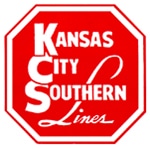

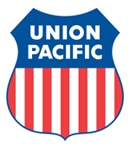
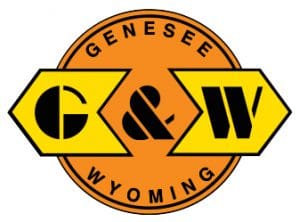

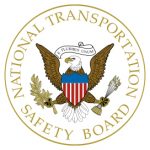 On February 4, 2018, southbound Amtrak train 91, operating on a track warrant, diverted from the main track through a hand-thrown switch into a siding and collided head-on with stationary CSX Transportation local freight train F777 03 on the CSX Columbia Subdivision in Cayce, S.C.
On February 4, 2018, southbound Amtrak train 91, operating on a track warrant, diverted from the main track through a hand-thrown switch into a siding and collided head-on with stationary CSX Transportation local freight train F777 03 on the CSX Columbia Subdivision in Cayce, S.C.